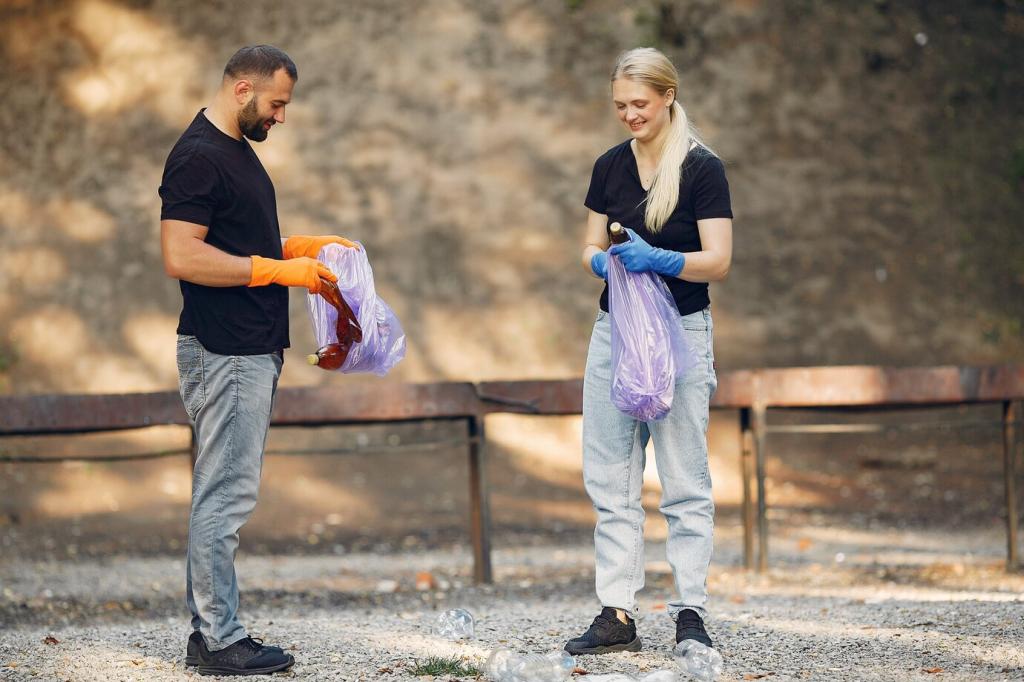Climate-Smart Protection for Wood and Fabric
Wood swells and shrinks as seasons change. Aim for 40–55% relative humidity with efficient humidifiers or dehumidifiers, and avoid vents blowing directly on furniture. Readers in dry climates, share your best moisture-balancing strategies and how they reduced seasonal joint creaks.
Climate-Smart Protection for Wood and Fabric
Rotate pieces, draw sheer curtains during peak sun, and consider low-VOC, waterborne topcoats with UV inhibitors when refinishing. Even a linen throw can prevent fading on cherished arms. Post side-by-side photos showing how small positioning tweaks protected color and grain.
Climate-Smart Protection for Wood and Fabric
Create quarterly mini-routines: spring dusting and joint checks, summer sun management, autumn polish refresh, and winter humidity tuning. Bite-sized habits beat marathon cleanups. Share your calendar template and subscribe to get printable, theme-based reminders you can stick inside a drawer.
Climate-Smart Protection for Wood and Fabric
Lorem ipsum dolor sit amet, consectetur adipiscing elit. Ut elit tellus, luctus nec ullamcorper mattis, pulvinar dapibus leo.






